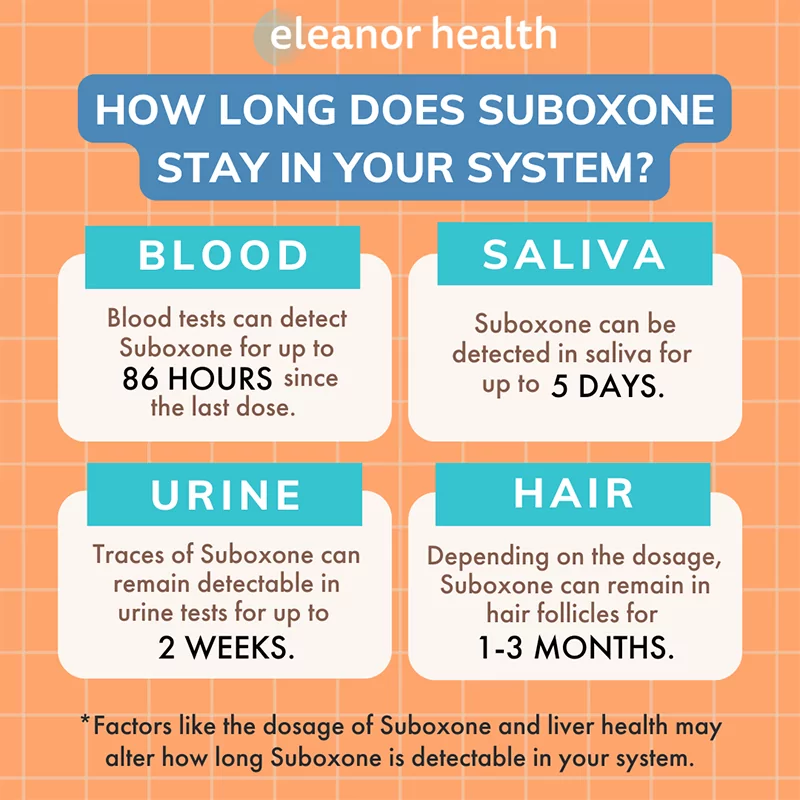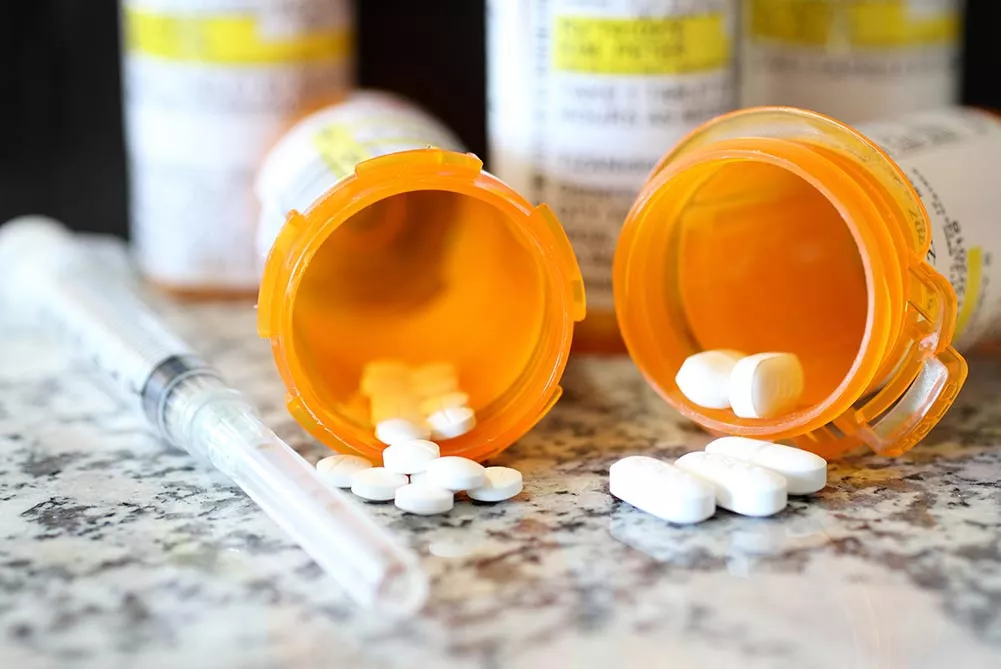The driving force behind the increase in substance misuse-related ER visits and overdose deaths in the U.S. are reported to be caused by synthetic opioids. According to the Centers for Disease Control and Prevention (CDC), Overdoses involving opioids killed nearly 69,000 people in 2020, and over 82% of those deaths involved synthetic opioids. As a result of this growing concern, a wide range of treatment options have been put in place to curb the rising rates of opioid use disorders (OUD) in the United States.
One such increasingly utilized treatment in combating the opioid crisis is opioid maintenance treatment (OMT) or medications for opioid use disorder (MOUD). MOUD treatment utilizes various medications in conjunction with counseling and behavioral therapies to provide a “whole-person” approach to treatment to minimize the risk of relapse and maintain long-term sobriety. MOUD programs are clinically driven and are tailored to meet each person’s unique needs. And one of the primary medications used in MOUD treatment is Suboxone.
Suboxone is a prescription medication approved by the U.S. Food and Drug Administration (FDA) to treat opioid use disorder (OUD). Suboxone is a schedule III controlled substance, available as tablets and sublingual film strips and contains two main ingredients, namely:
The buprenorphine and naloxone combination works together to block withdrawal symptoms associated with opioid addiction. Buprenorphine decreases withdrawal symptoms and opioid cravings without fully activating the opioid receptors, while naloxone works in the background as a deterrent to reduce relapses and overdoses during recovery.
Congress passed the Drug Addiction Treatment Act of 2000, allowing competent physicians to prescribe narcotic medications (Schedules III through V) to treat opioid addiction. This legislation ushered in a major paradigm shift, allowing opioid maintenance treatment to be delivered outside of methadone clinics. Nurse practitioners, physician assistants, and other types of medical professionals can now prescribe Suboxone.
Suboxone begins to work within 20-60 minutes of the first dose. The medication reaches peak level within two to three hours and blocks opioid receptors for at least 24 hours. However, this can differ from person to person based on factors such as:
For Suboxone to work effectively, the first dose must be taken during the acute withdrawal stage. Taking Suboxone before this stage may result in precipitated withdrawal. Precipitated withdrawal is a severe form of withdrawal caused by the abrupt removal of opioids from the receptors. This reaction triggers a sudden onset of withdrawal rather than a gradual one. Precipitated withdrawal is extremely painful and can increase the likelihood of a relapse. Thus, it is important to work closely with a Suboxone doctor to prevent such risks.
Various factors influence the duration in which Suboxone remains in your body. And one such determining factor is Suboxone’s half-life. A half-life refers to the amount of time required for half of a substance to leave the body completely.
The buprenorphine in Suboxone has a long half-life of 24-42 hours. Since it takes about five half-lives for a substance to completely leave the body, it can take around seven to nine days for buprenorphine to leave the body completely. However, depending on the duration of treatment, traces of buprenorphine can remain detectable in the body for longer.
Naloxone, the other ingredient in Suboxone, has a half-life of around two to 12 hours and can stay in the body for up to 60 hours. But since naloxone isn’t a misused substance, doctors do not generally screen for its presence.
It generally takes seven to nine days for Suboxone to leave a person’s system completely. However, this can differ from one person to another based on various factors.
Some of the factors that influence how long Suboxone stays in the system include:

When the liver metabolizes buprenorphine, it’s broken down into metabolites called norbuprenorphine. Norbuprenorphine has a much longer half-life of up to 150 hours and is primarily excreted through urine. As such, traces of buprenorphine can remain detectable in urine tests for up to two weeks.
Suboxone is detectable in saliva, blood, and hair for varying lengths of time. For individuals with good liver health, Suboxone is detectable in drug tests as follows:
Many individuals worry about testing positive during a drug test, but in reality, such tests generally detect the presence of opioids through morphine, as opioids, including heroin, metabolize into morphine. To detect Suboxone in your body, you may require specialized testing.
If you are seeking help with your loved one’s addiction, contact us today or complete our quick contact form below, to speak with an addiction treatment specialist.
If you need help with your substance use disorder, we are here to help you build your confidence and momentum towards the future you want. We provide treatment services for adults with alcohol, opioid, and other substance use disorders. We are currently located in Louisiana, Massachusetts, New Jersey, North Carolina, Ohio, Texas, and Washington.
 How Long Do Suboxone Withdrawals Last?
How Long Do Suboxone Withdrawals Last?
 Naltrexone vs. Suboxone – How are They Different?
Naltrexone vs. Suboxone – How are They Different?
 Medications for Addiction Treatment: The Complete Guide
Medications for Addiction Treatment: The Complete Guide